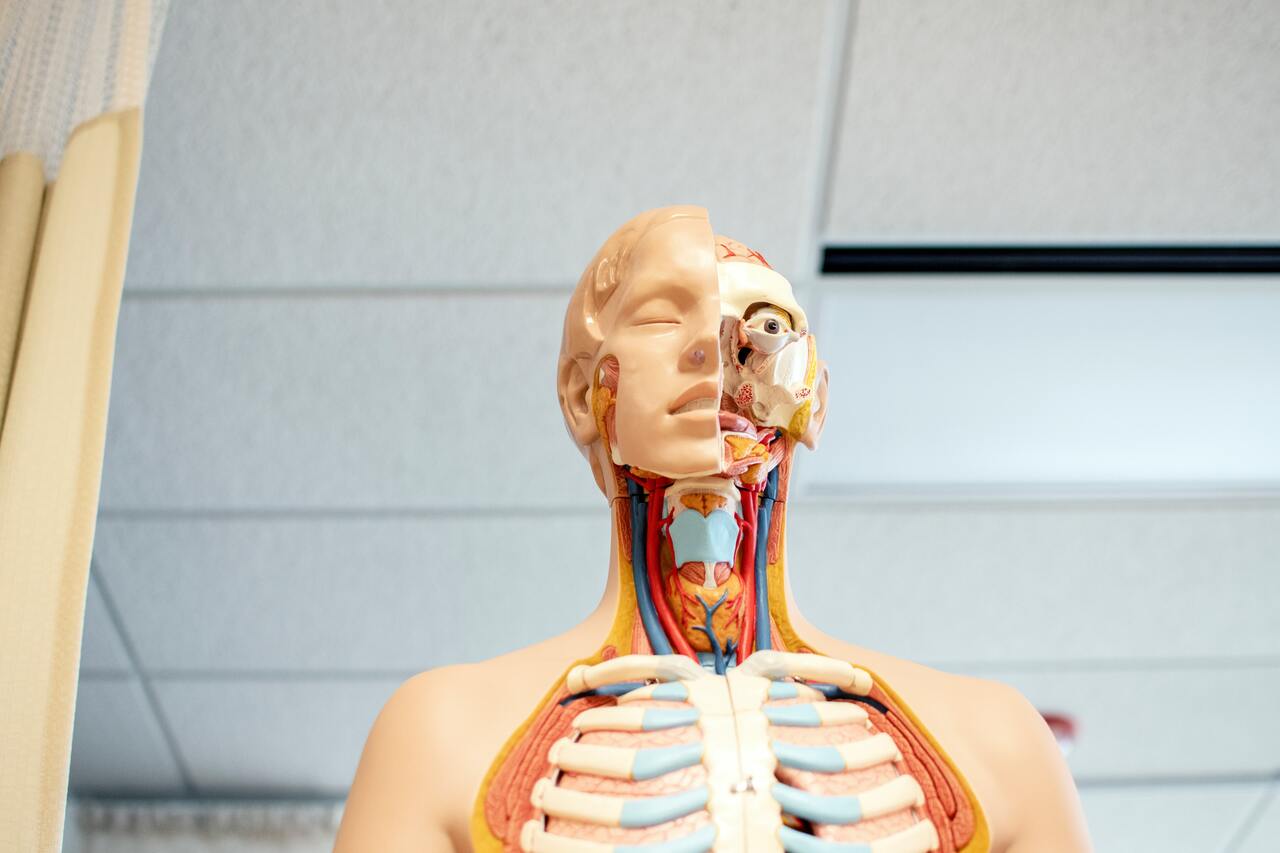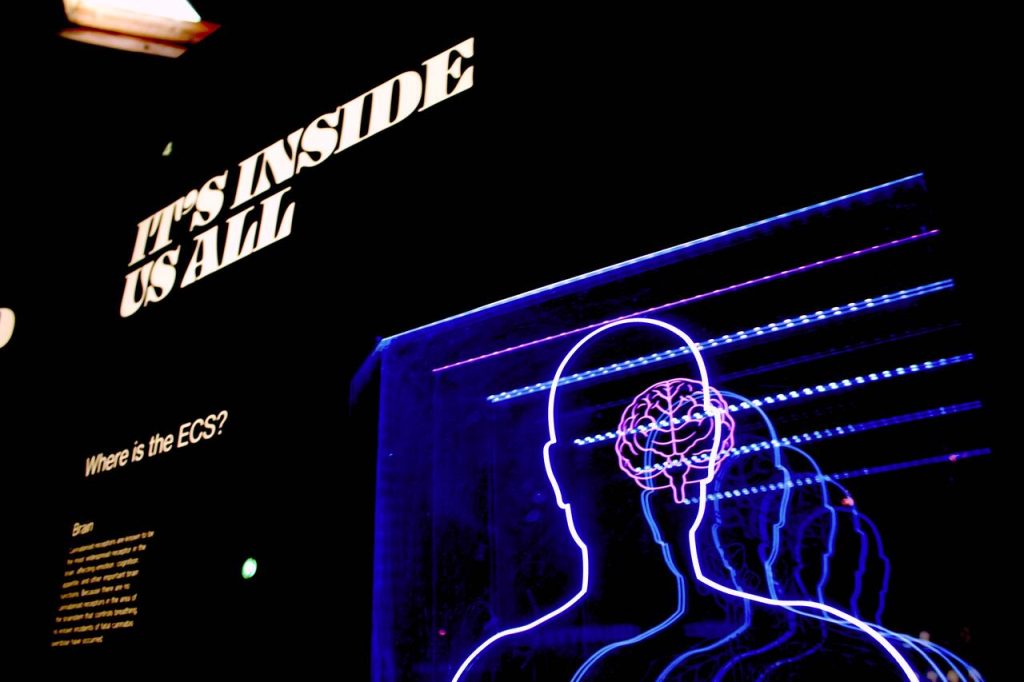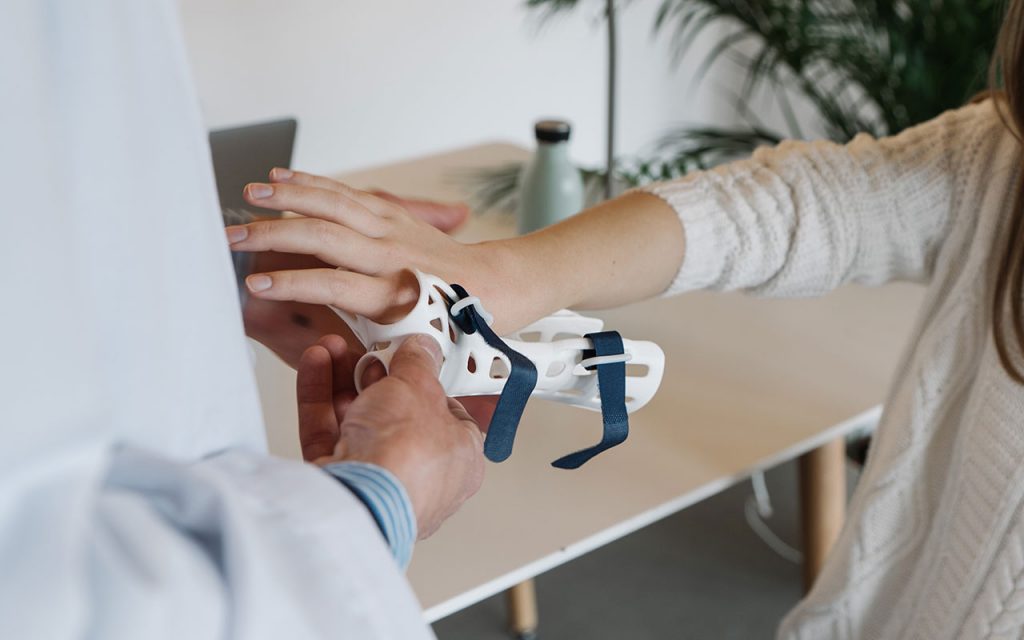
The principles of neuroplasticity are deceptively simple but incredibly complex. You dear reader, are invited to overcome your observer bias and try and read this with the mindset of ‘the uncarved block’; read – don’t judge – and think. This is the first of a series of articles. They are separated to help build a foundation before we start the walls.
The first principle of neuroplasticity is the idea of neuroplasticity itself – the knowledge that our brains are constantly capable of change throughout our whole lives; this is not an act of novelty but rather an inevitability. It is not something we have to do, it is something that happens whether we want it to or not. If we do a physical activity like digging every day – we know that our hands will begin to develop calluses, as our skin begins to manage the new stress. We also expect our muscles to grow stronger and our bodies more adept at digging. We do not think of our brains the same way but we should. As we engage in cognitive activity our brain changes and shifts (more about this in later articles). In addition, we think of our brains as if they are encased in our head and separate from our body; they are not. We experience walking as if it is our feet alone that are doing the work and talking as if our mouths are creating the words.

If you close your eyes and touch the tip of your nose with the tip of your finger, an incredibly complex neural event occurs. Your brain finds the tip of your finger, your brain finds the tip of your nose, you activate a whole sequence of muscles all to fire in the right order to bring the body parts together and to stop without either hurting your finger or your nose or missing the spot. I invite you to stop reading and to do this and reflect on what you did and what you thought you did. How much of it was conscious and how much unconscious. Can you name or locate any of the muscles you used? Can you identify the nerve pathway? Do you know the sequence in which you fired the muscles?
Now consider your feet. For most of the time, our feet may as well be blocks of wood, just objects at the bottom of our legs and when we walk – we just walk. We may think ‘I want a cup of coffee’ and then we go to the kitchen. The fact that we have toes, and our feet have soles and more, is unconscious. Now send your consciousness down to your feet, experience the feelings in them. Try locate the toes, the soles, the tactile feeling of your foot in space.
If I reference your brain I am referring to the whole circuit, all of the circuits, the CPU in your skull, the communication system that runs down your spinal cord to your body – the one that moves muscles, the communication system that runs up your spinal cord – the one that feels, and the muscles that move – the skin that feels. Our experience has fragmented this, it has been rendered unconscious and split into many separate bits. They are not separated and the interconnections are complex.
This occurred by a neuroplasticity process of neglect – we do it all the time – if we put on spectacles or get dressed. If we ignore something it disappears, if we focus on it it grows. We switch things off and we switch them on and we don’t know that we are doing it or more to the point we don’t know how we are doing it.
Our brains are changing all the time, having experiences and physically changing accordingly and then locking those changes in. Our brains can change at any time; they can have new experiences and lock them in too.
We do not think of ourselves in this neuroplastic way; we think of of ourselves in a one dimensional, rigid and unknowingly unconscious way. If we can begin to think of and know ourselves in a multi dimensional, flexible and more conscious way, we can begin to understand and manage ourselves differently.

At Neurotechnology one of our focus areas is pain. The relevance of the above discussion to pain, is where we see the pain existing, how we conceptualise the pain as occurring, and therefore how we understand and thus manage it. Most people experience pain as a static, fixed and unconscious process. It is none of these.
At Neurotechnology, we have invented a device – ‘the Tranceducer(TM)’ that helps people to know themselves more deeply. We have developed a therapy model – ‘CognitiVR’ that helps people to leverage that knowledge. We are developing surgery-free and drug-free pain treatments.
More to come